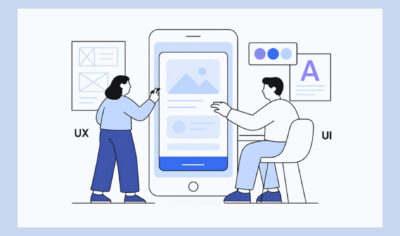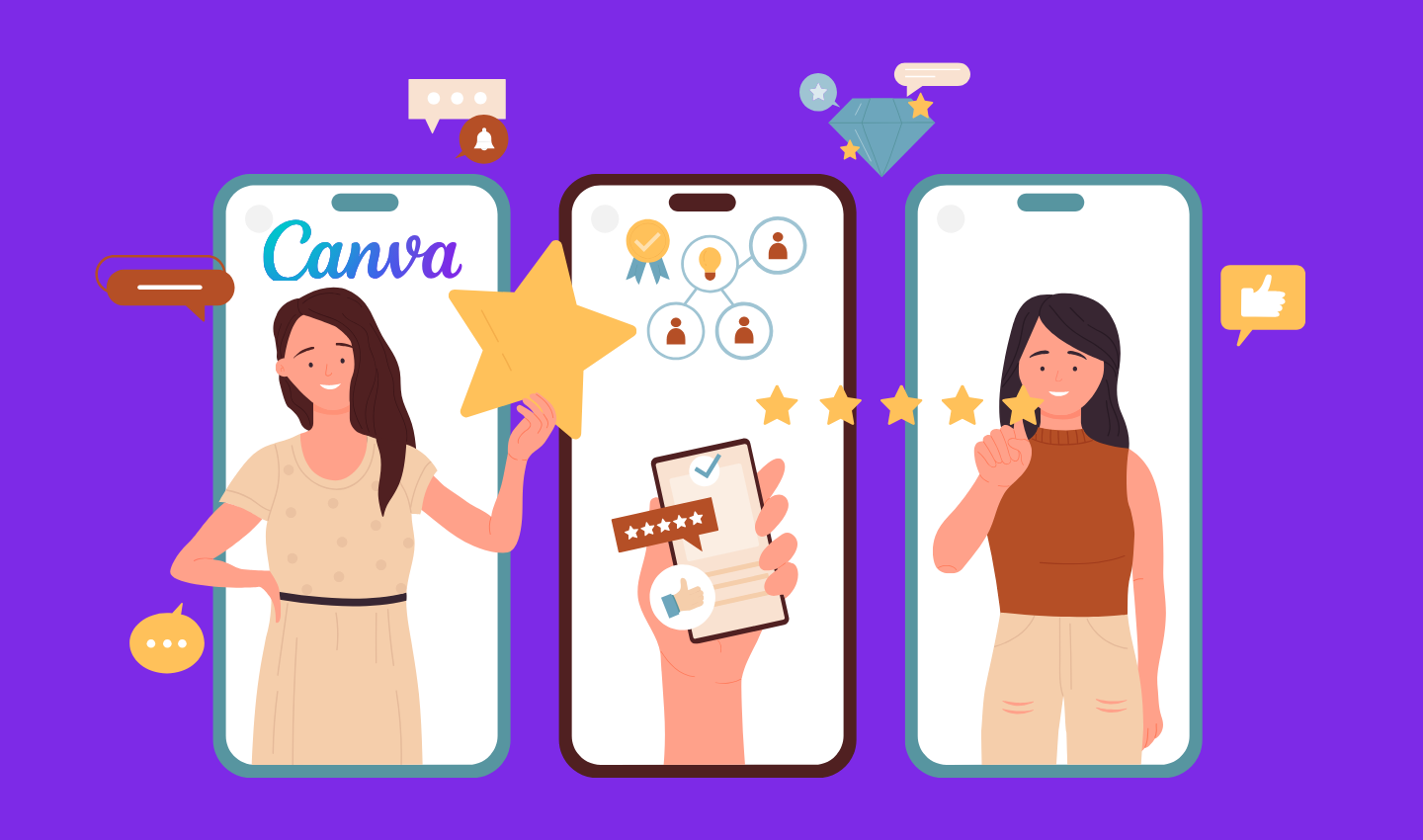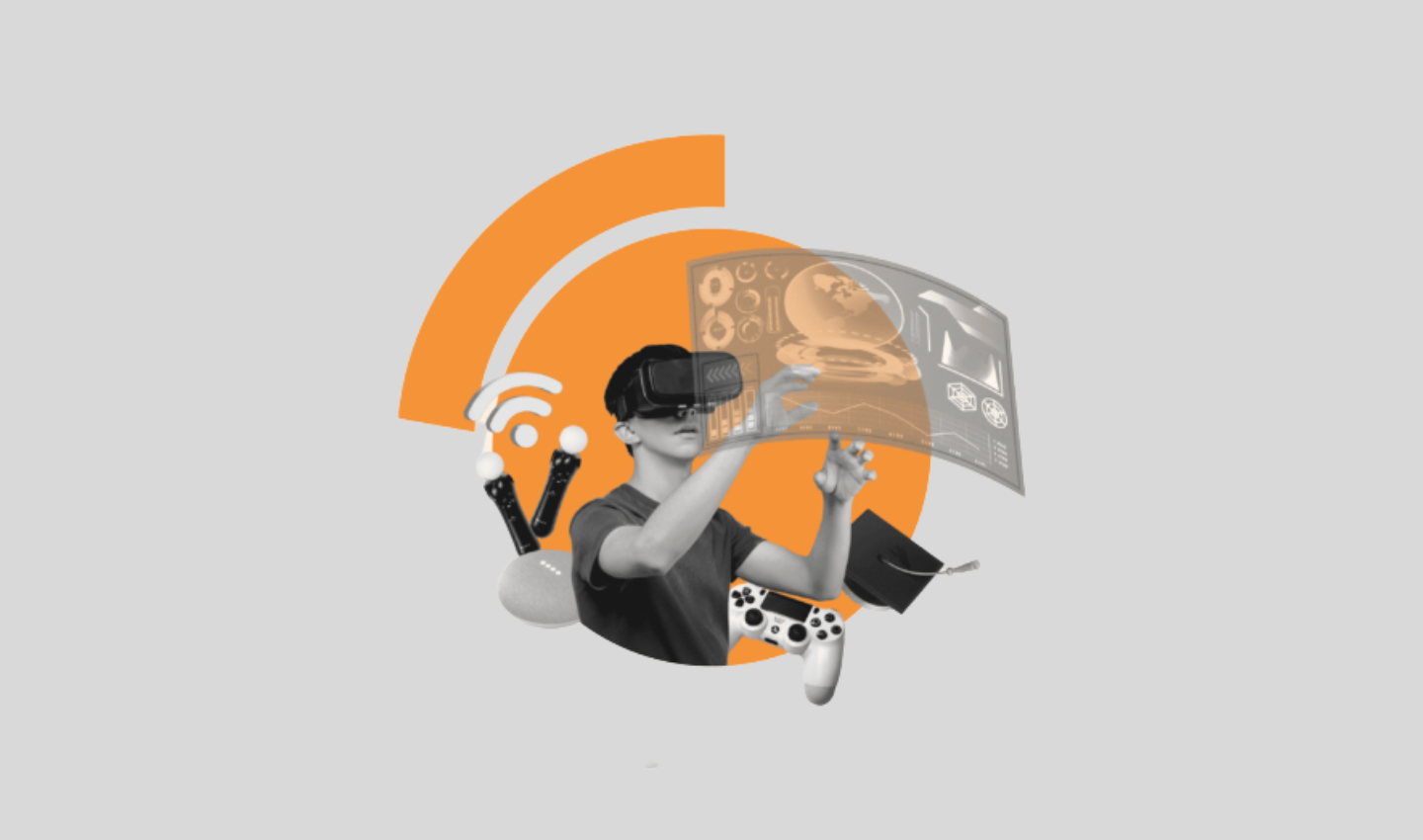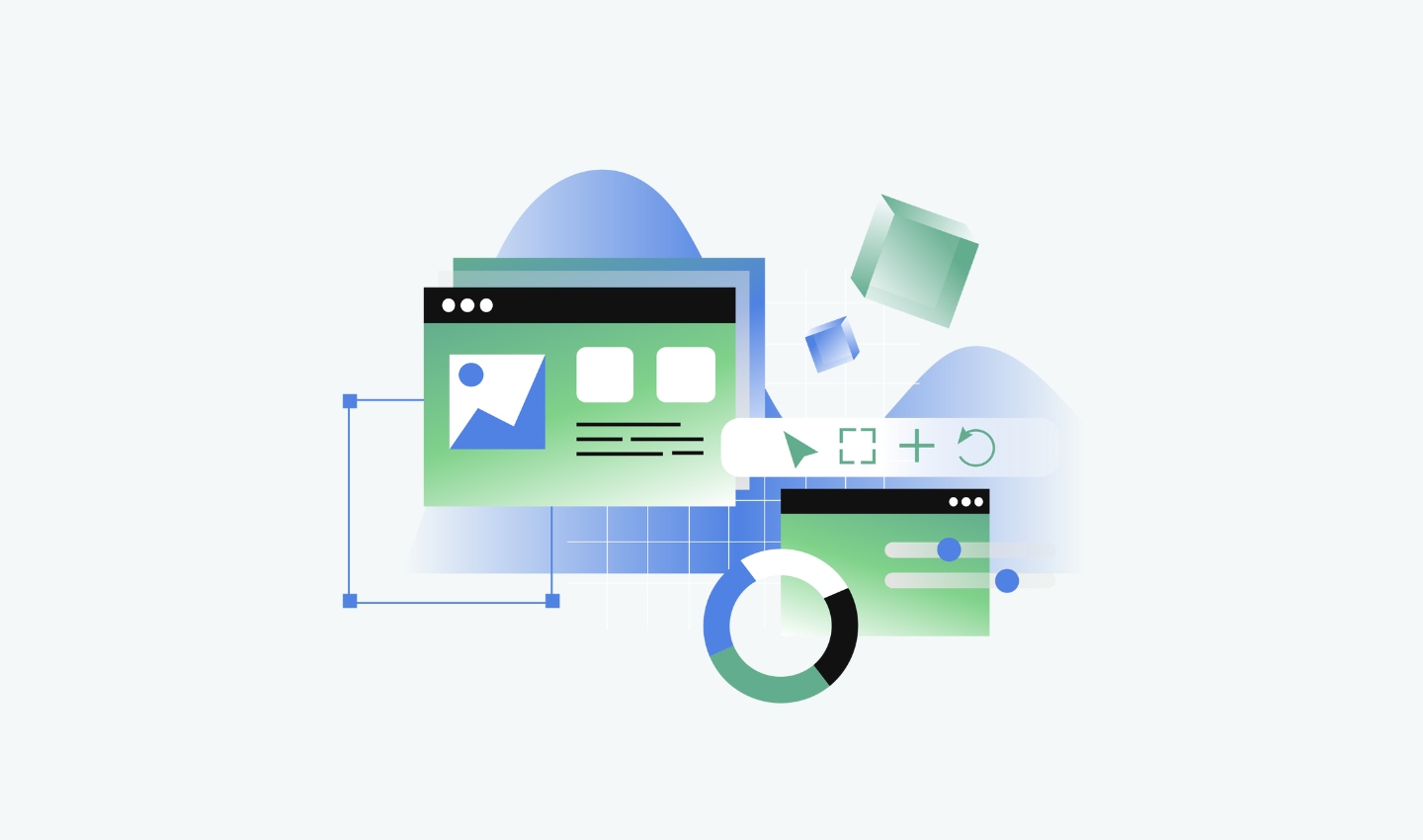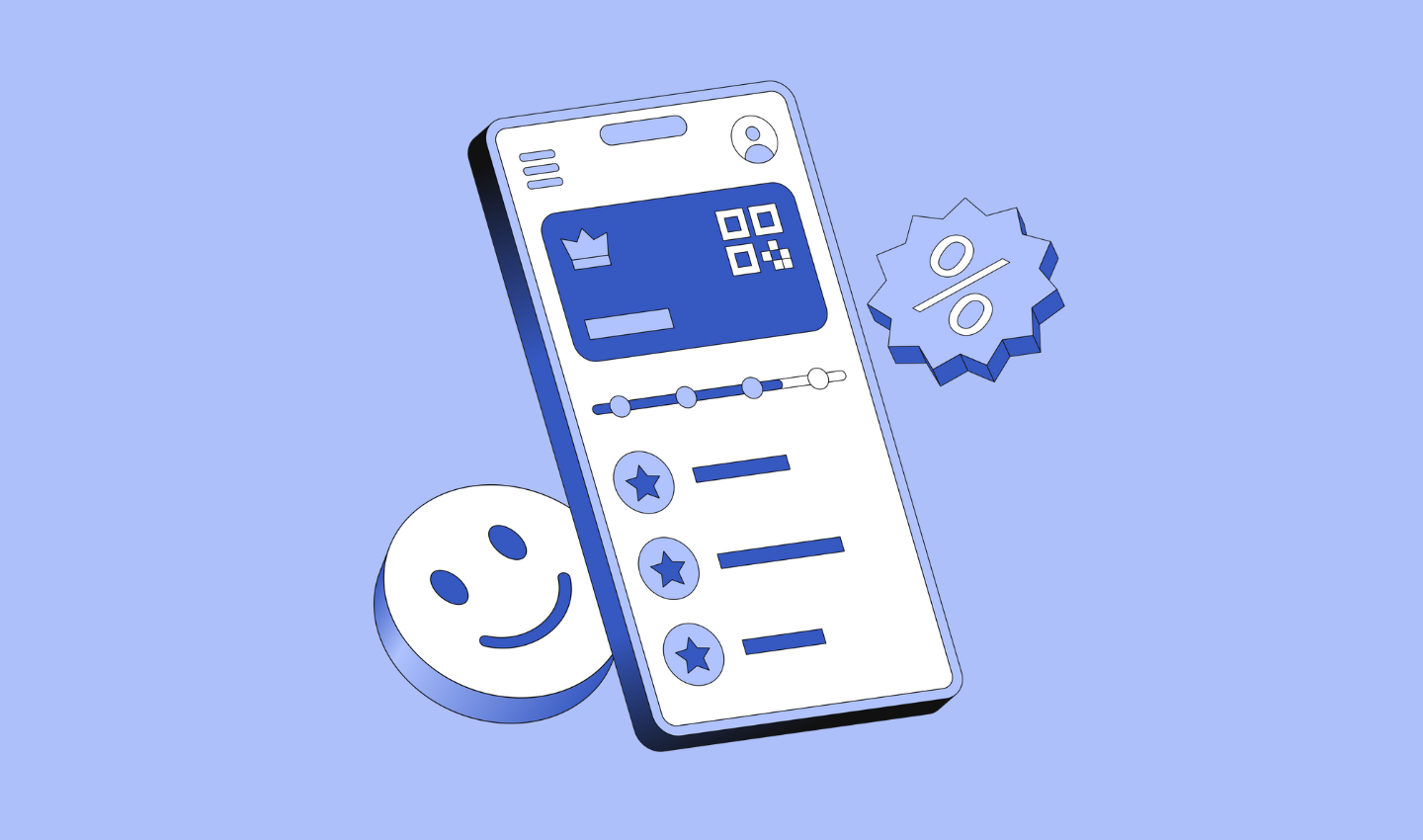
Gamify Your Goals: How the Goal Gradient Effect Can Hack User Motivation
Tired of staring at mountains of tasks, paralyzed by their insurmountable height? Turns out, our brains have a built-in cheat code for tackling them: the Goal Gradient Effect. This psychological phenomenon says the closer we get to a goal, the hotter our motivation burns. Imagine hiking a hill; you wouldn’t feel the same surge of energy at the base as you do when that summit peeks over the horizon. For product designers, understanding this effect is like finding a golden nugget in the UX minefield.
The core principle is simple: anticipation of a reward (reaching the peak, finishing the task) intensifies our efforts as we progress. Psychologically, this surge could stem from a desire to capitalize on perceived progress, avoid the sting of failure, or simply revel in the thrill of the approaching finish line. However, be wary of over-reliance; exploiting the effect too heavily can breed fatigue or create unsustainable expectations.
Table of Contents
The Core Principle: Increased Motivation as We Approach a Goal
At its core, the Goal Gradient Effect is a simple yet powerful concept: as individuals make progress toward a goal, their motivation to achieve that goal increases. Imagine a runner nearing the finish line or a student getting closer to completing a challenging project. In both scenarios, the heightened motivation propels individuals to put in more effort and energy as they approach the culmination of their endeavors.
Psychological Reasons Behind the Goal Gradient Effect
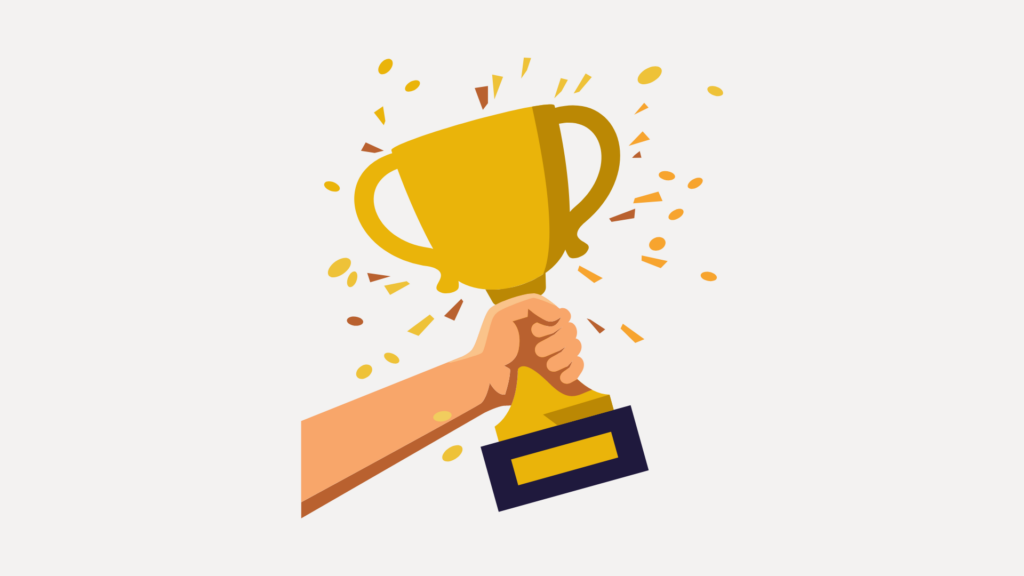
a. Anticipation of Reward
One of the key psychological drivers behind the Goal Gradient Effect is the anticipation of a reward. As individuals perceive themselves moving closer to their goal, the brain releases dopamine, a neurotransmitter associated with pleasure and reward. This surge in dopamine reinforces the positive feelings associated with achieving the goal, creating a powerful incentive to persist and intensify efforts.
b. Fear of Failure
Conversely, the fear of failure plays a significant role in amplifying motivation as one approaches a goal. As individuals get closer to the endpoint, the stakes often feel higher, and the fear of falling short of the objective intensifies. This fear-driven motivation can push individuals to overcome obstacles and increase their determination to succeed.
c. Progress Monitoring
Humans are inherently wired to monitor their progress, seeking a sense of accomplishment and closure. The Goal Gradient Effect aligns with this inclination, as individuals naturally become more invested in their objectives when they witness tangible progress. The visible proximity to the goal serves as a powerful cue, prompting increased dedication and perseverance.
Limitations and Potential Downsides
While the Goal Gradient Effect offers valuable insights into human motivation, it’s essential to acknowledge its limitations and potential downsides:
a. Burnout Risk
Intense motivation near the goal may lead to burnout, especially if individuals push themselves excessively to reach the finish line. It’s crucial to balance motivation with self-care and avoid neglecting well-being in the pursuit of goals.
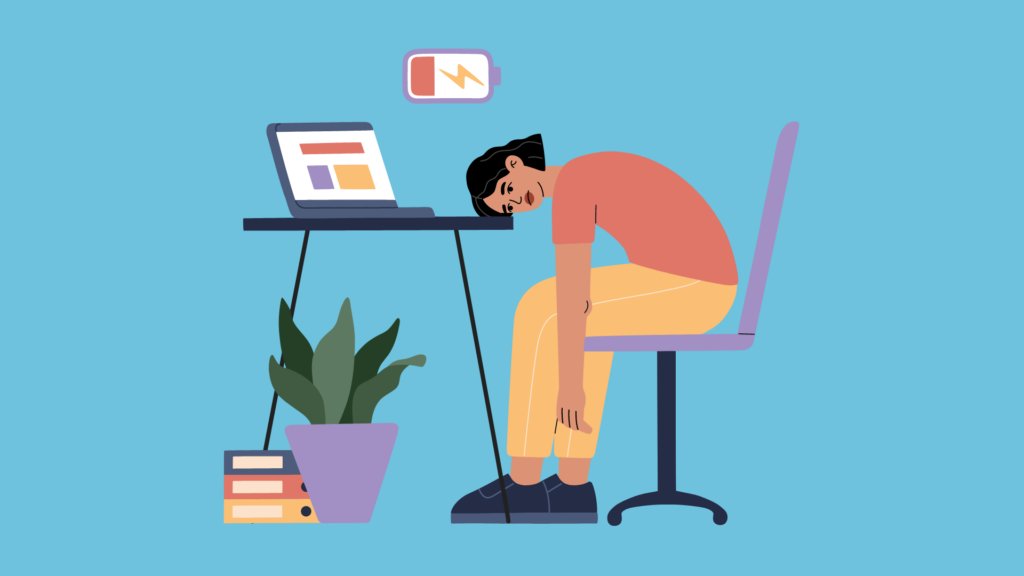
b. Tunnel Vision
The laser-focused motivation toward the goal might result in tunnel vision, causing individuals to overlook alternative, potentially more effective paths. Maintaining flexibility in approach is vital to navigate unexpected challenges.
c. Dependence on External Rewards
The Goal Gradient Effect heavily relies on external rewards and recognition. Over time, this dependence may hinder intrinsic motivation, as individuals may become solely focused on the external outcome rather than the joy of the process itself.
II. Designing for Milestones and Progress:
One key strategy for leveraging the Goal Gradient Effect is to design interfaces that emphasize milestones and progress. Breaking down large tasks into smaller, achievable steps not only makes the overall goal more manageable but also taps into the psychological reward system. Users experience a sense of accomplishment with each completed step, fueling their motivation to continue.
To visualize progress, consider incorporating elements such as progress bars, trackers, or gamified features like levels and badges. These not only serve as visual cues of advancement but also trigger a positive emotional response, reinforcing the user’s commitment to the task.
Personalization is another powerful tool. Tailoring goals and progress updates to individual users makes the experience more meaningful and increases the likelihood of sustained engagement. Users feel a stronger connection to their objectives when they perceive the design as acknowledging their unique journey.
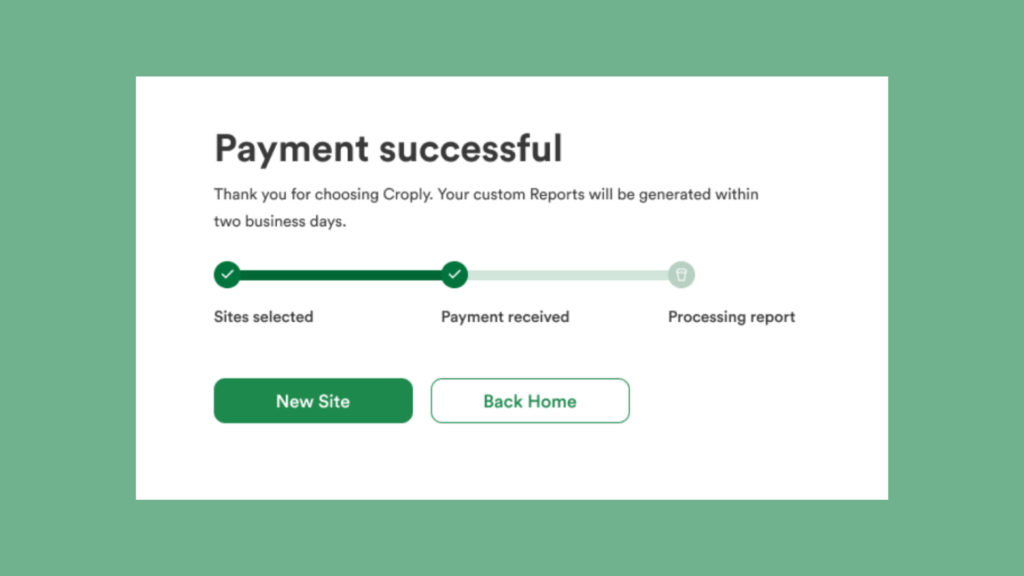
Focusing on the Finish Line:
While celebrating progress is essential, strategically shifting the focus toward the finish line can intensify the Goal Gradient Effect. Highlighting remaining steps for completion, rather than showcasing completed ones, creates a sense of urgency and anticipation. Users become more motivated to push through the final stages, spurred on by the proximity of the goal.
Presenting rewards or benefits in a compelling way further amplifies motivation. Instead of merely listing achievements, articulate how reaching the goal will improve the user’s experience or bring tangible benefits. Utilizing countdown timers or anticipated arrival times builds excitement, creating a sense of inevitability that encourages users to persist until the end.
Adding Novelty and Variety:
Monotony can be the enemy of engagement. To keep users excited throughout their journey, introduce novelty and variety. As users progress, consider unveiling new features, challenges, or rewards. This approach injects a sense of freshness into the experience, combating potential boredom.
Varying the difficulty or complexity of tasks as users approach the goal is another effective strategy. By gradually increasing the challenge, designers tap into the user’s desire for growth and mastery. This variation in difficulty sustains interest and ensures that users remain engaged until they achieve their objective.
III. Goal Gradient Effect in Action
The Goal Gradient Effect is frequently employed in various mobile apps to enhance user engagement and encourage desired behaviors.
Nike Training Club
Fitness app like Nike Training Club often break down long-term health and exercise goals into smaller, achievable milestones. Users receive badges, rewards, or notifications for reaching specific targets, such as daily step counts or completing a set number of workouts. The visual representation of progress and the promise of unlocking new achievements keep users motivated to maintain an active lifestyle.
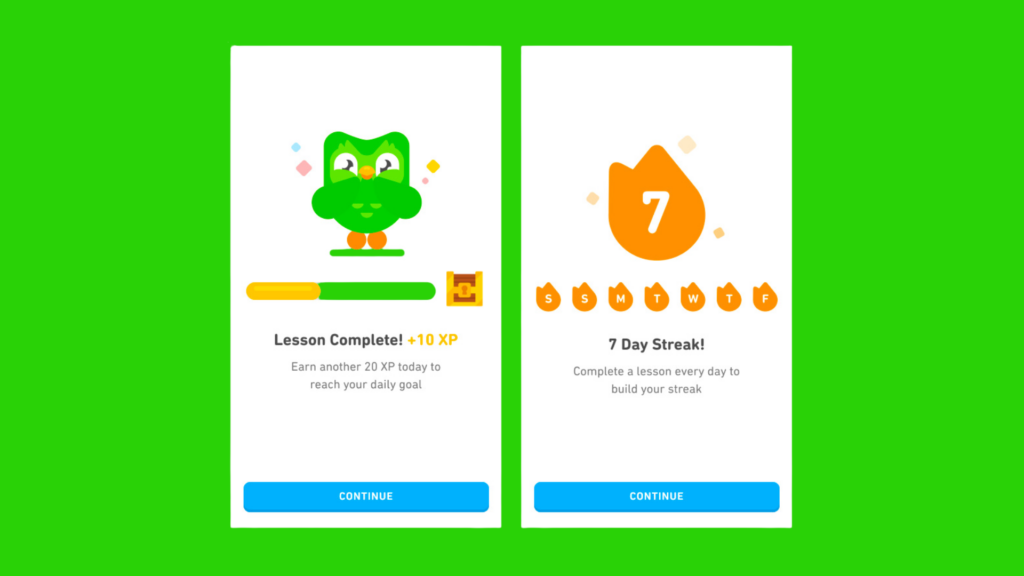
Duolingo
Language learning app like Duolingo lleverage the Goal Gradient Effect by dividing language proficiency into levels or completing specific lessons. Users receive positive reinforcement through visual indicators of progress, such as completing a set of lessons or earning virtual rewards. The gradual progression toward fluency keeps learners engaged and motivated to continue their language studies.
Todoist
Todoist implement the Goal Gradient Effect by allowing users to set and achieve daily or weekly goals. As users complete tasks or build positive habits, they earn points, badges, or level up within the app. The sense of accomplishment and the anticipation of reaching the next level encourage users to stay organized and productive.
These are just a few examples, and the goal gradient effect can be applied to many other types of real-life apps to increase user engagement and motivation. By understanding how this psychological principle works, app developers can create experiences that help users achieve their goals more effectively.
IV. Best Practices for Implementation
The goal gradient effect, a fascinating phenomenon in psychology, states that our motivation intensifies as we get closer to a goal. Applying this effect in your product or service can turn passive users into enthusiastic achievers. But harnessing this power requires careful consideration. Here are some best practices to ensure a successful implementation:
Target the right goals and strategies:
- Understand your users: Don’t assume what motivates them. Conduct user research to identify their goals, desires, and pain points. Tailor your approach accordingly.
- Match goals to the effect: Small, actionable goals work best. Big, long-term ones can feel daunting and demotivate. Consider micro-tasks within larger goals to fuel the gradient effect.
- Choose the right strategy: For simple goals, progress visualization (progress bars, badges) might suffice. For complex goals, consider gamification elements, personalized feedback, or social rewards.
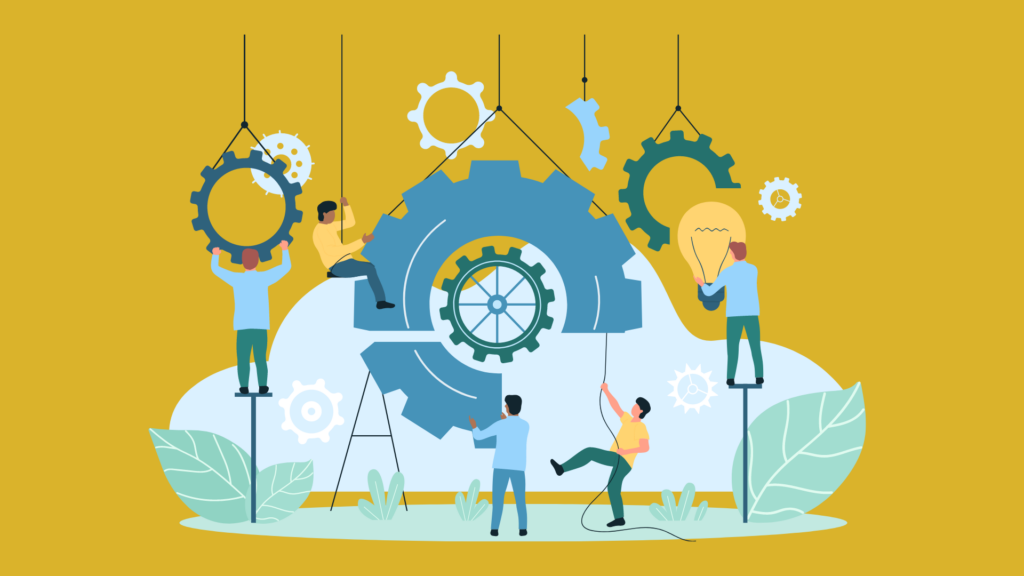
Seamless integration for a positive experience:
- Don’t disrupt the flow: Integrate the goal gradient effect subtly and intuitively. Avoid intrusive pop-ups or jarring reminders. Make progress updates seamless elements of the user journey.
- Prioritize clarity: Ensure users understand their goals, the progress markers, and the potential rewards. Keep instructions concise and language understandable.
- Maintain balance: Overly aggressive goal-pushing can be counterproductive. Allow users autonomy and pacing.
Track, analyze, and iterate for continuous improvement:
- Monitor user behavior: Track goal engagement, completion rates, and drop-off points. Identify areas where the gradient effect needs adjustment.
- A/B test different strategies: Try out different progress visualizations, rewards, or nudges to see what resonates best with your users.
- Refine and adapt: Don’t be afraid to iterate. Based on your data, continually optimize the implementation to maximize the effect’s impact.
By following these best practices, you can leverage the goal gradient effect to create a user experience that drives engagement, boosts motivation, and turns your product into a platform for achieving personal goals. Remember, it’s about empowering users, not manipulating them. Let their journey be filled with a sense of accomplishment, one rewarding step at a time.
Conclusion:
The Goal Gradient Effect is a psychological phenomenon where our motivation intensifies as we get closer to a goal. This simple principle packs a punch when applied to design, boosting user engagement and completion rates. Here’s how you can harness its power:
Key Takeaways:
- Highlight progress: Visualize progress through progress bars, checkpoints, or gamification elements. Seeing how far they’ve come and how much remains fuels user motivation.
- Celebrate milestones: Acknowledge and reward users for reaching key points in their journey. This reinforces positive behavior and keeps them moving forward.
- Emphasize the end goal: Keep the ultimate reward clear and enticing. Remind users what they’re striving for to maintain their focus.
- Break down complex tasks: Divide long journeys into smaller, achievable steps. This reduces perceived difficulty and prevents users from feeling overwhelmed.
- Personalize the experience: Tailor progress displays and rewards to individual goals and preferences. This creates a more meaningful connection for each user.
Ready to explore?
The Goal Gradient Effect offers a treasure trove of design possibilities. Experiment with different techniques,
Remember, the key is to tap into the human desire for progress and reward. By harnessing the Goal Gradient Effect, you can design experiences that keep users engaged, motivated, and on the path to success.
Take your company to the next level and get results with our world class user experience, interface design and implementation.
Get a FREE 30 min Strategy Session

Related posts
Level Up Your Onboarding: How Canva Personalizes for User Success
In the fiercely competitive world of apps, grabbing a user’s attention is only half the battle. The true test lies […]
How Gesture-Based Interaction is Transforming UX/UI Design
From physical buttons to touchscreens, user interfaces have evolved significantly over the years. But now, a new revolution is underway—Touchless […]
Beyond Pointing and Clicking: Exploring the Future of User Interfaces
We’ve come a long way from the days of cryptic commands typed into blinking cursors. User interfaces (UIs), the bridges […]
Creative product design that gets results
Take your company to the next level with world class user experience and interface design.
get a free strategy session
